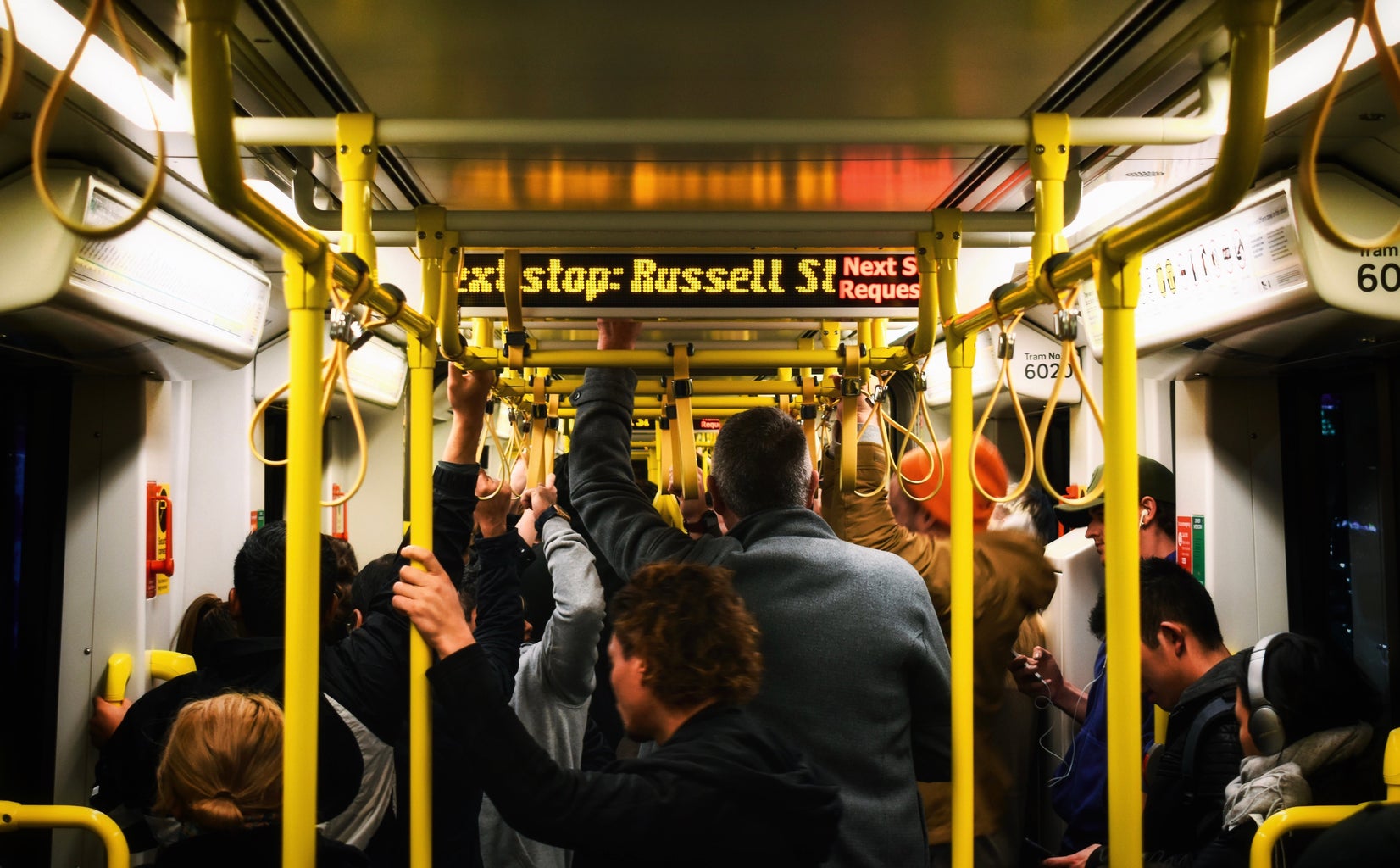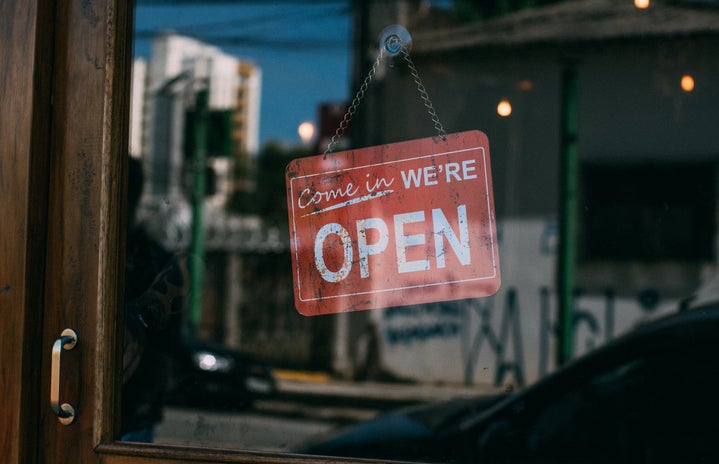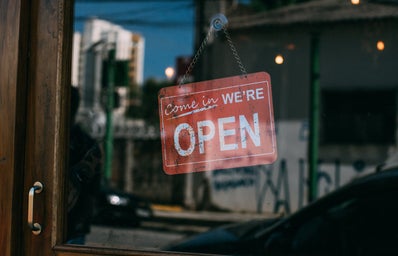The current situation is beyond what any of us expected it to be. It has left many of us nostalgic of our pre-pandemic way of living, and contemplating what our lives will look like going forward. There are many things that people wish would return to normal, like live music and in-person school. But what about the things people wish would stay the same or not return at all? For me, nothing really came to mind at first. I still miss many aspects of my pre-pandemic life, but upon reflection, a few changes have come about as a result of the pandemic that I hope will stick around post-pandemic.
The first upside is the increased privacy. Now when venturing outdoors to a park or restaurant, you must keep the distance between your bubble and another. A resulting pro of this is that you now have more privacy and space in previously very public and crowded areas. In restaurants, you no longer feel like you are on top of the table next to you or that you have to tuck your chair in super tight so you don’t touch the backs of the people sitting right behind you. You can now hear each other more easily because of the reduced number of people. This increased privacy in public spaces due to crowd control is also beneficial for people with social anxiety, like myself, for whom large moving crowds and noise can be triggering. Overcrowding is definitely something I would like to see not come back in full force following the pandemic.

However, the major downside of this would be a decrease in profit and income for businesses that depend on filling up their restaurants to full capacity to survive. We are already seeing the closing of many independent, and even corporate, companies due the drop in sales as a result of the pandemic. Additionally, I have also noticed an increase in prices at certain restaurants and other services, such as haircuts. Of course, the increase in price makes sense and is a way for these businesses to try to stay open while at a lower capacity. Another strategy businesses are using to stay afloat is increasing their online presence by being more active on social media and opening online shops. If they have the means to do this, it is, in my opinion, the best way for workers, entrepreneurs, and small businesses to transform their business into a platform that makes sense for whatever the future holds. As a result of quarantining, there has been an increase in online shopping, especially in support of local businesses. If businesses have to close their storefronts completely, at least they have invested into building a following online through social media, and implementing things like an online store, to keep them afloat rather than shutting down entirely.
In terms of the future of public and crowded spaces, a change in architecture of interior spaces would allow many businesses to continue to operate. We are already seeing this with the installation of plexiglass and expansion into parking lots to allow for restaurants to have an outdoor eating space. I can imagine that restaurants of the future will have these features built in, and constructed in a way that allows for social distancing at tables while ensuring maximum efficiency and profitability for the business owners.

On the flip side, the opening of certain businesses over academic or cultural institutions (such as libraries and museums) is something that I find both confusing and disheartening. I am referring directly to the fast reopening of bars, clubs, and casinos. As someone who is involved in the museum world and studying to become a librarian, it was scary to see the closing and halt of an industry I am both in love with, and working on developing a career in. I lost my beloved summer job at my local library and spent the summer thinking about all the children and families who rely on these spaces as affordable alternatives to summer camps, as well as all the unhoused people in my community that depend upon the library as a safe and welcoming place to escape the summer heat. Although it was closed to the public, my local library was privileged enough to have the funding to set up a curb side pick up option for people looking to check out books, in addition to some online programming for both children and adults. The ability of my library to implement these programs makes me think of the smaller libraries in other communities that do not have the resources to do so and the struggle both the library and the surrounding community faces as a result.
It has taken much longer for these types of places to open up, making it increasingly difficult for those who depend on the library’s resources to settle into their lives again. How can someone who doesn’t own a computer find work after getting laid off during the pandemic? Or register for EI or CERB? How can lower-income families participate in online school without access to the proper technology? I have noticed some libraries are starting computer rental periods where the public can schedule a time to come in and use the library’s computers and printers. Still, I can’t imagine the stress that the length of time it has taken to do this has put on these groups of people. The further reopening of these spaces will do much to alleviate the problems people are still experiencing. I also think it will do a lot for families with young children struggling with virtual learning. What students aren’t getting in school because of the shift to online learning can be made up for in library programming and resources. Parents can take advantage of an affordable option to supplement the knowledge students lost from taking such a long break.
The reopening of libraries and the essential services they provide would be a great step in helping the public acquire the means and resources necessary for navigating their pandemic and post-pandemic lives. More research and funding should be allocated for supporting these institutions, and other educational sites like museums, in the transition to both a safe and sustainable reopening.
Related Articles
- 7 Reasons to Join Her Campus Western
- Best Fall-Themed Starbucks’ Secret Menu Drinks
- 9 Helpful Apps for University Students
Want more HCW? Check us out on social media!
Facebook, Twitter, Instagram, Pinterest
Subscribe to our newsletter!




